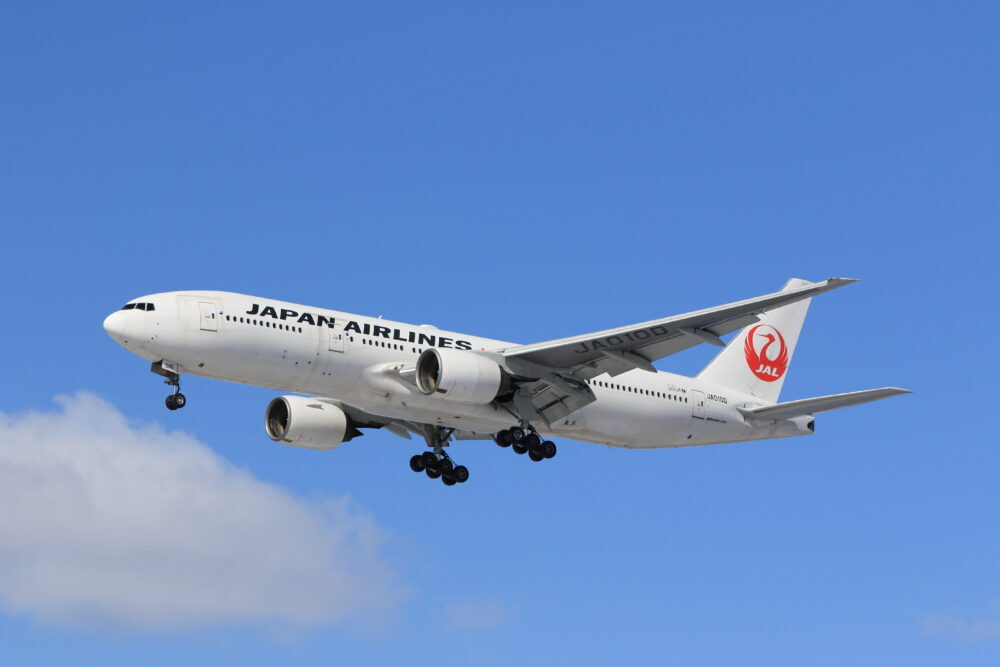Japan Airlines is expecting nearly $2.6bn in losses for the fiscal year 2020. The estimate comes as the airline saw revenue drop over 70% in the first half of 2020, with revenue projections remaining weak through the year. JAL estimates that domestic demand will reach 80% by March 2021, while international demand will be only be 40%.

Weak demand
Japan Airline’s forecast comes as demand for flight traffic remains low, including in its usually-bustling domestic market. The first half of the year saw revenues fall 74% year-on-year as Japan became one of the first countries hit by the pandemic.
Domestic demand has picked up since April, where it reached 10%, to roughly 55% now, one bright spot in the forecast. Overall, the airline doesn’t expect domestic demand to return to pre-COVID levels until the end of 2022. This will surely impact the airline consdering it made more revenue on domestic routes than international ones last year.

International demand, by comparison, shows no signs of a recovery. Demand for international traffic fell into the single digits since April and has since yet to recover. JAL estimates that international passenger demand will only reach 40% by March 2021, with a full recovery not projected until 2024, in line with IATA estimates.
Huge losses and raising liquidity
Bleak demand means the airline estimates a loss anywhere between $2.3 and $2.6 billion (¥240bn to ¥270bn) for the fiscal year 2020 (March ’20 to March ’21). Internation revenue is expected to fall 85%, while domestic revenue will fall by 50%. However, JAL is taking several steps to soften the impact.
The airline currently has $3.3bn (¥346.6bn) of cash-on-hand at the end of September by raising capital and reducing outflows. The all-important cash burn figure has fallen to $143 million a month in Q2, down 67% from $429mn in Q1. JAL is also planning to defer aircraft payment and deliveries and cost further costs in the coming months.

The airline has already reduced its aircraft delivery schedule, taking delivery of only one aircraft since April (an Airbus A350). It’s unclear what the new delivery schedule will be for Japan Airlines, which is the fourth-largest 787 operator in the world. JAL recently also opted to retire its entire domestic 777 fleet, as demand remains low.
The worst is behind
Despite the year’s difficult figures, Japan Airlines expects a slow recovery in the new few months, along with some interesting developments. ZIPAIR, JAL’s low-cost 787 subsidiaries, recently flew its inaugural flight, hoping to break into the low-cost market. While the new carrier has a long way to go, it already has plans to challenge full-service carriers on key routes.

Japan Airlines’ recovery will be dependent on several factors, the two most important being border reopenings and low COVID cases. Japan has recently been signaling that it will allow international tourists from low-risk countries soon, boosting the airline in the near future.
What do you think about JAL’s forecast for the year? Could there be a rapid recovery thanks to a vaccine? Let us know your thoughts in the comments!
[ad_2]
Source link


